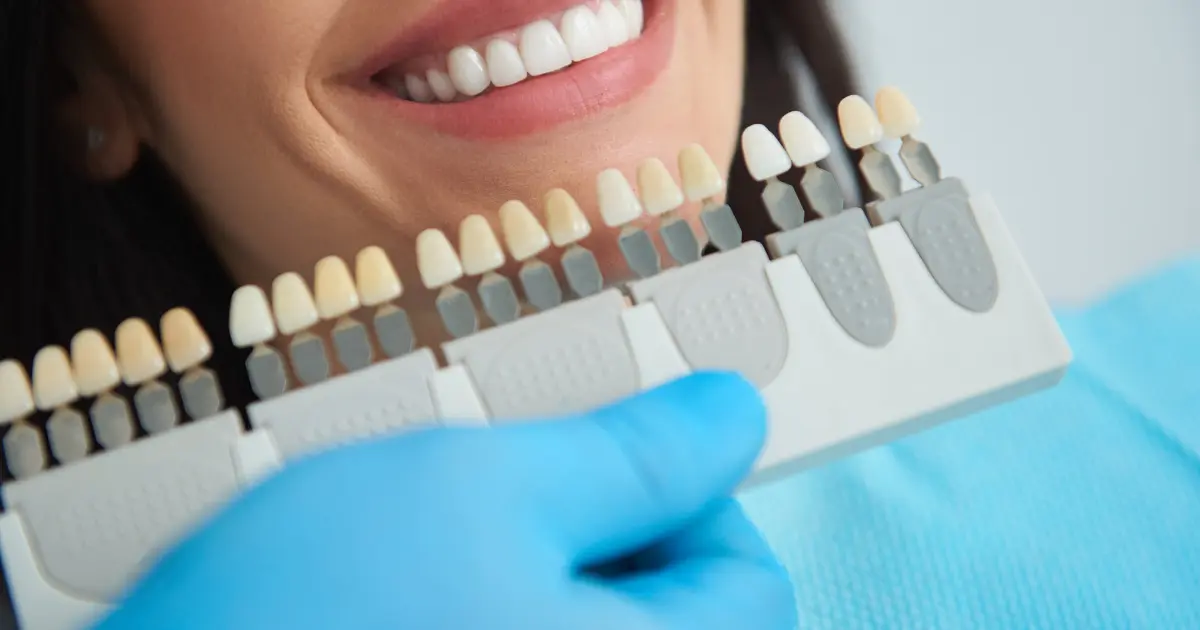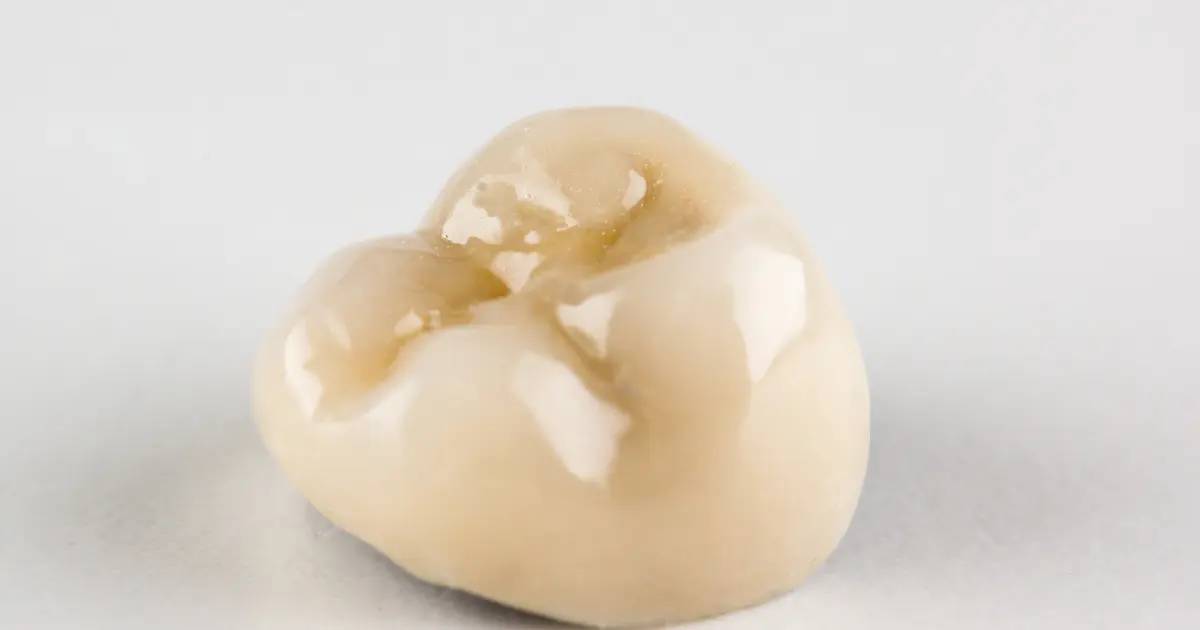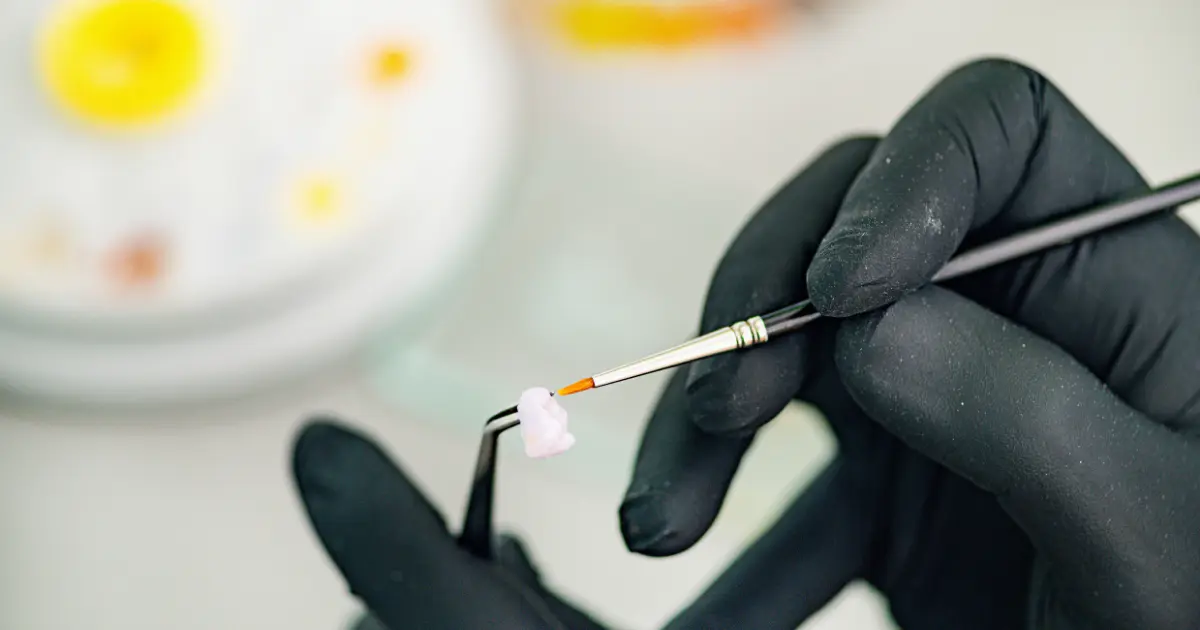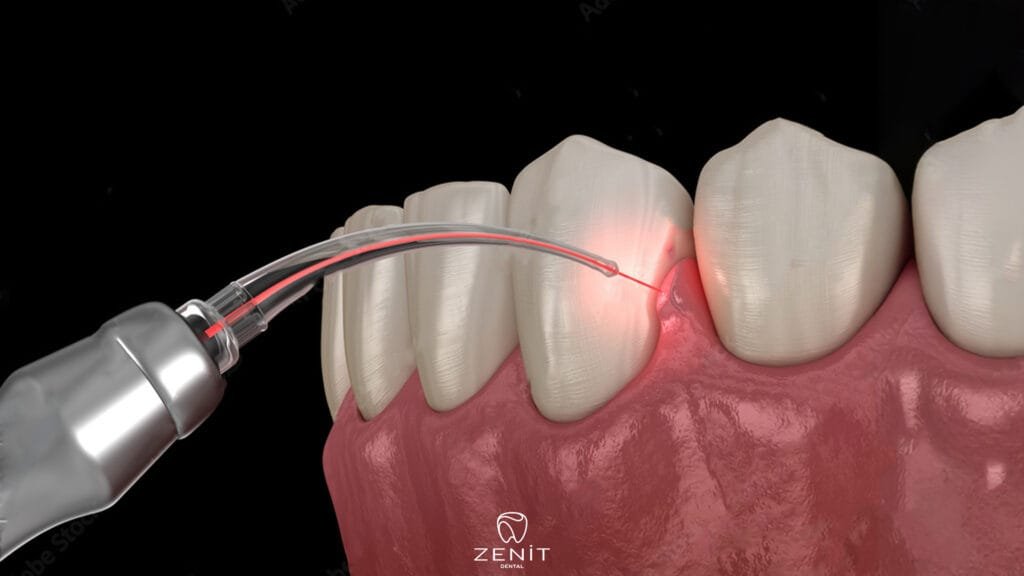When having dental treatment done, people frequently have their teeth modified so that they can accommodate dental crown. Tooth-shaped caps, or crowns, are used to cover the underlying tooth when there is not enough room for them or when they are too tiny. This will restore the teeth’s original size and form.
In terms of appearance, they can be difficult to distinguish from a real tooth. Your dentist will be able to create a crown out of gold or another material that properly matches the rest of your mouth when you visit. A good dentist can obfuscate the differences between the two. It will be quite challenging to distinguish between the new teeth and the old tooth because a metal crown is frequently all that is left once a tooth is damaged.
What Is Dental Crown?

Most people are familiar with the word “dental crown,” however other people call it a “cap.” Actually, the word “crown” has two meanings in dentistry. The part of each tooth’s anatomy that emerges from the gums and bone is referred to as the crown. The tooth’s roots are not considered to be part of the tooth’s crown, which is entirely covered by enamel in a healthy tooth.
A crown can also refer to a particular kind of dental repair that completely encases a tooth’s anatomical crown. We shall discuss this kind of crown in the remaining sections of this text. This implies that a dental crown‘s margin—its outside edges—rests extremely closely on the gums that encircle the teeth. When preparing the crown, your dentist considers a number of variables, including where exactly to place the margin.
What Are Dental Crowns Made Of?

Metals such as gold, palladium, nickel, and chromium can all be used to create dental crowns. The least prone to crack or chip, wearing down slowly, and requiring just a little amount of tooth removal are metal crowns. Additionally, they can withstand pressure from biting and gnawing. The primary drawback of this type of crown is its glossy appearance. For molars that are not visible, metal crowns are a great alternative.
It is possible to match the color of the teeth close to the porcelain dental crown. Their teeth have a more neutral shade. On rare occasions, though, the metal that lies beneath the porcelain crown top can be distinguished by a black line. The possibility that the crown’s porcelain component would crack or break off is another disadvantage, as is the crown’s tendency to wear down the teeth next to it.
When you keep your mouth closed, the teeth on top and bottom of your mouth come into direct contact with the crown, so any wear there will have an outsized effect on those teeth. For the front or back teeth, porcelain dental crowns that are bonded to metal can be a good alternative.
Why Are Dental Crowns Used?

A dental crown may be required for a tooth for a few different reasons. A usual response to this query is that a tooth requires a dental crown when the enamel stops serving its purpose since a dental crown replaces the enamel covering of a tooth. Enamel is the hardest substance in the human body, and it is specifically designed to withstand the mechanical, chemical, and thermal stressors that food and drink may cause to our teeth. But regrettably, it is not unbeatable.
Are There Any Foods to Avoid with Dental Crowns?

Steer clear of chewy or sticky foods like gum, taffy, and caramel. These meals are able to seize and remove the crown. Do not chew items like ice, hard candies, and cereal that are hard to chew. The crown might be uprooted or broken off by these items. Eat meals that are neither too spicy nor too cold. Steak and other rough meals should be avoided.
It’s also advised that you chew more on the other side of your mouth than the afflicted side. This will lessen the chance of the dental crown becoming loose or becoming damaged. Even more so, sliding out the flossing material rather than pulling it out as you floss. When lifting the floss out, you can unintentionally remove the temporary crown.
How To Care for Dental Crowns?

You must regularly clean and floss your teeth if you want your dental crown to last as long as possible. Pay special attention to your crown and the teeth around it when cleaning. Additionally, schedule regular dental cleanings and exams with your dentist. If you’re an athlete, you should use a mouthguard to shield your teeth against injury.
Your natural tooth may be repaired and preserved with a dental crown, giving you many more years of sound chewing. We take pleasure in providing each patient with superior care. In order to keep your mouth in fantastic shape for years to come, our staff is here to assist you obtain any necessary dental treatment.






